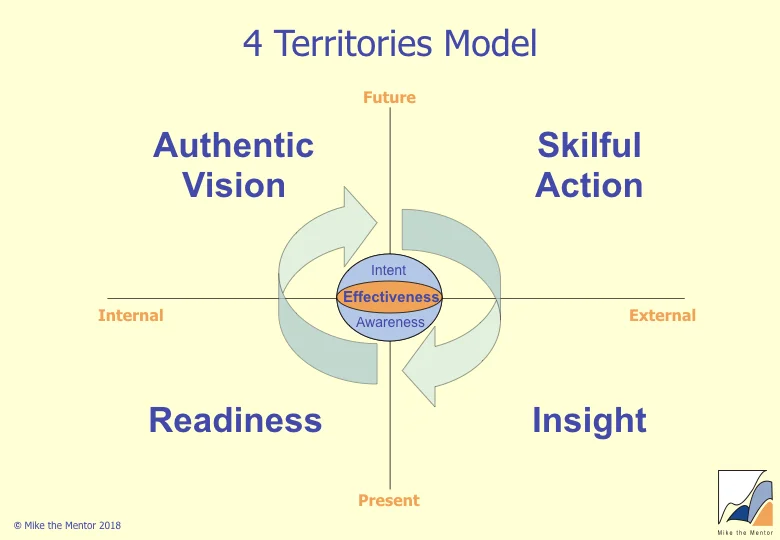The Undefended Leader
/We are all increasingly aware that we don't exist separately from our environment. Climate change, bird flu, terrorism - even the contents of our shopping basket - make the interdependencies between us and our surroundings very evident. We're all ecologists now!
Simon Walker’s Undefended Leader theory starts from this ecological and relational view of individuals and focuses in particular on our inner psychological drivers and the unique set of relationships we have in the world. This model is based on a number of theories including social constructionism, metaphor theory, impression management and attachment theory.
The 7 Core STrategies
Within the metaphor we are each seen as managers of our personal ecology - the dynamic, ever-fluctuating matrix of relationships we construct around ourselves. We have all developed particular strategies to manage these relationships effectively. This model identifies 7 core strategies (see The 7 Core Strategies diagram).
Types of Leadership Power
Of the 7 core strategies, three are of particular relevance to leadership:
Self-Definition: the strength and clarity of our personal boundaries. Ranges from Strong (S) (inner, mental landscape well defined against the wider terrain) to Weak (W) (landscape is open to and easily influenced by the wider terrain).
Front/Back Stage: what we reveal and what we hide. Our front stage is what is explicit, visible, on the surface and presented (P); the back stage is what is implicit, hidden, and reserved. (R)
Self-Expansion: how we deal with change. Expansion (X) is when we extend our territory and acquire more; Consolidation (C) is when we stabilize and build up what we have.
Combining these three strategies gives eight different patterns of leadership power, each with its own characteristics (see the Leadership Signature Map). Most leaders will tend to favour one or two styles - more flexible leaders may use several styles.
This suggests that a leader can be said to have a 'leadership signature'; a characteristic pattern of moves in which they make in their leadership relationships. A leadership signature will reflect the experience and expertise of the leader as well as the type of intervention they engage in. Expanding the range of one's leadership signature could also be thought to be an important aspect of good practice since it will offer more choices in the exercise of power.
Undefended Leadership
This approach takes a post-conventional view of leadership (see the top 3 levels of the Vertical Development model) and proposes that being a undefended leader is about leading out of the freedom of having nothing to lose. From this place (RWC on the diagram) you have no need to defend yourself and therefore weakness becomes a radical and paradoxically powerful option. Walker's Law of Ecology of Power predicts that using a RWC style of leadership will evoke from others the equal and opposite reaction of PSX. Walker therefore suggests that emptying ourselves, particularly of the need for control, will release in others great power, power that no leader can teach, organise or buy. This has a strong resonance with what we seek to do in coaching in adopting a non-directive approach. In doing this we seek to create the space within which the coachee's greatness can flourish.
However, having found that adults leaders were often too old to change their behaviours, Simon Walker is now working with adolescents to help them navigate adolescence and subsequently adult life.



